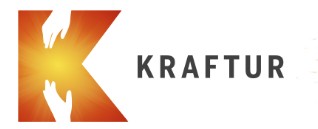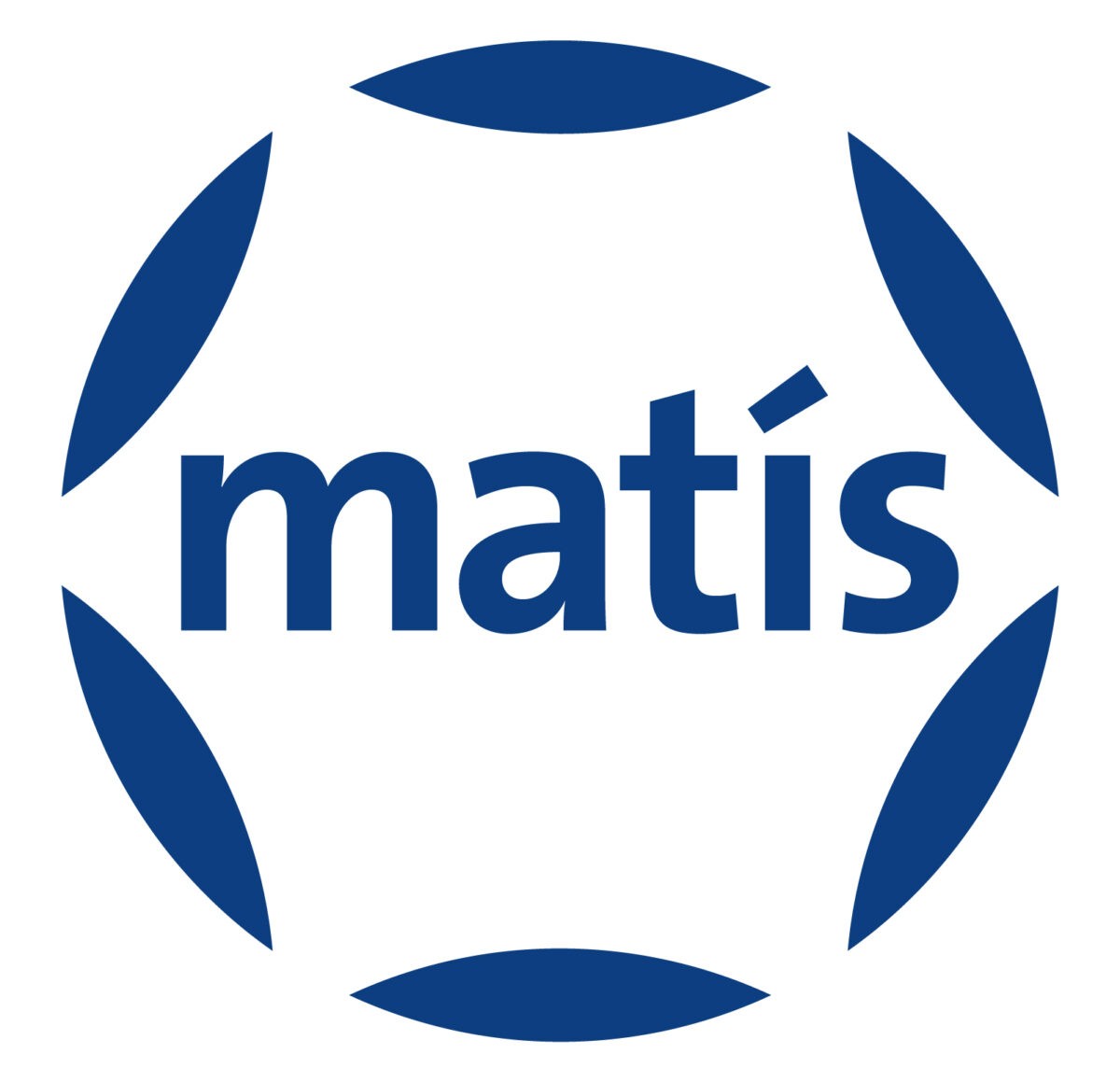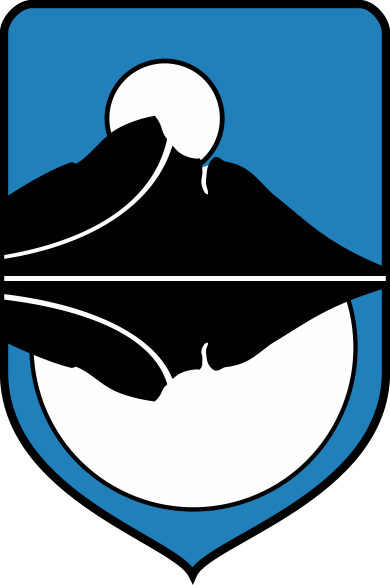Matís advertises for graduate students to work on final projects and individual projects in collaboration with the company. An advertisement in Morgunblaðið can be found here.
Matís offers projects in pharmaceutical sciences as part of a master's program. The project is about isolation and analysis of complex polysaccharides and other biomaterials from marine invertebrates as well as measurements of their bioactivity. The project will use a variety of methodologies and all facilities and equipment for the project are first class. Applicant must have completed a B.Sc. degree in biochemistry, food science, pharmacology, biology or related disciplines. Information about study and career is attached to the application.
Further information about the projects is provided by Guðmundur Óli Hreggviðsson, gudmundur.o.hreggvidsson@matis.is, and by phone 422-5000.
Matís offers projects as part of a master's program. The projects include research related to the statistical analysis of data from the food value chain, the application of operational analysis in the food industry, the development of food production processes and the management of the value chain. The research is conducted in collaboration with Icelandic food production companies in the fisheries and agriculture sectors. Applicant must have completed a B.Sc. degree in Industrial Engineering, Operational Engineering, Food Science, Computer Science or related subjects. Information about study and career is attached to the application.
Further information about the projects is provided by Sveinn Margeirsson, sveinn.margeirsson@matis.is, and by phone 422-5000.
Matís offers projects as part of a master's program. The projects focus on research related to the uniqueness and special characteristics of raw materials for food processing from the Icelandic environment and could be related to food microbiology, food chemistry, consumer research, sensory evaluation and innovation in the food industry. Applicant must have completed a B.Sc. degree in biochemistry, food science, agricultural sciences, pharmacology, biology or related disciplines. Information about study and career is attached to the application.
Further information about the projects is provided by Guðjón Þorkelsson, gudjon.thorkelsson@matis.is, and by phone 422-5000.
Matís offers biotechnology projects as part of a master's program. The project is about research into enzymes from marine microorganisms that act on complex polysaccharides. A variety of methodologies will be used, such as microbiology, enzymology, genetics and genomics, and all facilities and equipment for the project are first class. Applicant must have completed a B.Sc. degree in biochemistry, biology or related disciplines. Information about study and career is attached to the application.
Further information about the projects is provided by Guðmundur Óli Hreggviðsson, gudmundur.o.hreggvidsson@matis.is, and by phone 422-5000.
Further information on Matís' operations and employment opportunities at the company can be obtained from Jón H. Arnarson, Human Resources Manager, jon.h.arnarson@matis.is









